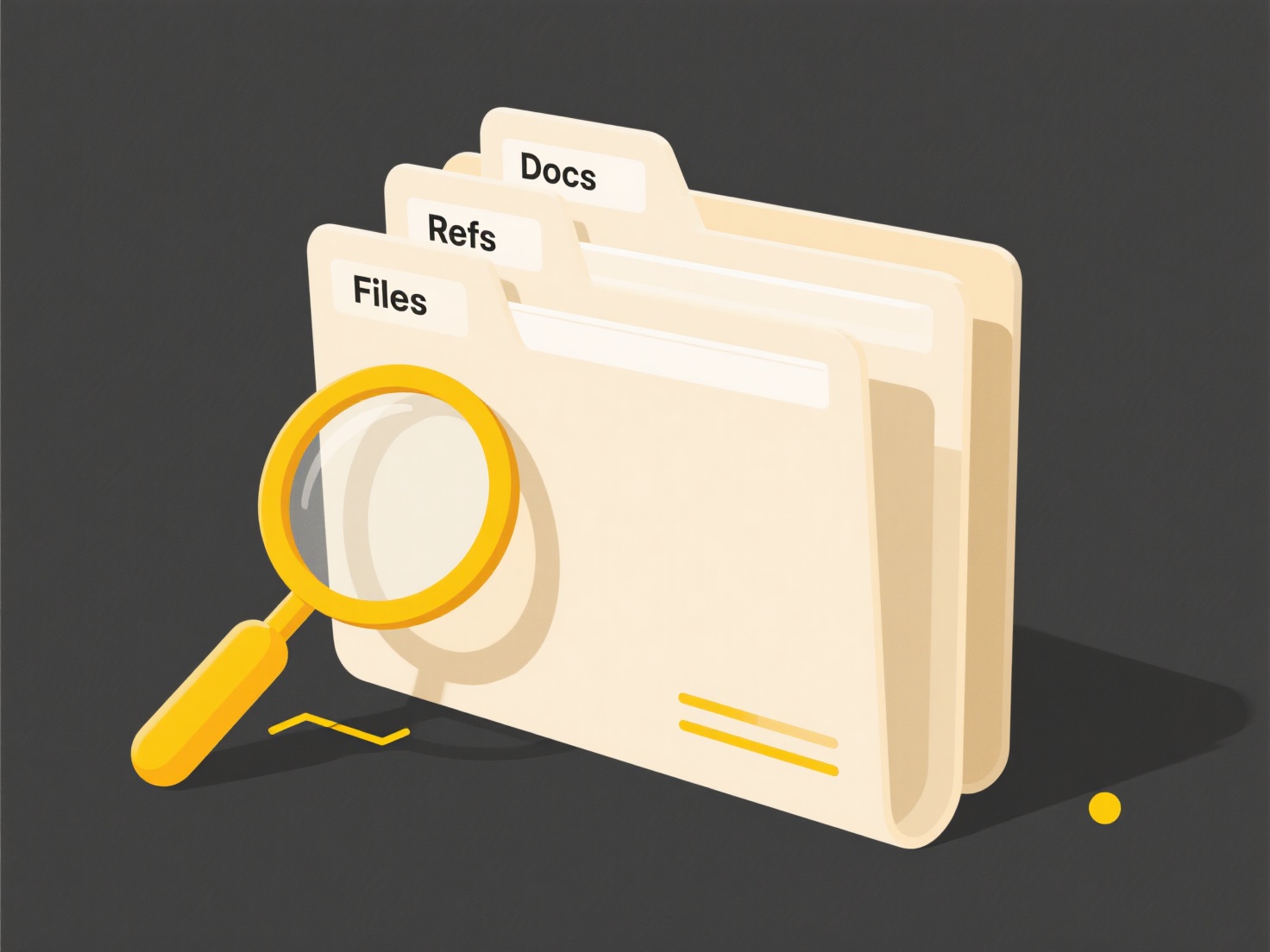
File renaming rules allow you to automatically change the name of a file the moment it finishes downloading to your computer. Instead of manually editing each file name, you define patterns (like including the download date, source website, or a specific sequence) that the system applies consistently for every file saved. This process differs from batch renaming tools that work on files already stored on your device.
Practical applications include photographers automatically adding timestamps and camera models to downloaded image files (e.g., 2024-05-27_CameraModel_001.jpg). Professionals handling regular reports can standardize names by including the client name and download date automatically (e.g., ClientA_SalesReport_20240527.xlsx). This is commonly implemented through browser extensions, dedicated download managers, or built-in features in some corporate network management tools.

The primary advantage is significant time savings and consistent organization, especially beneficial for users downloading numerous files like researchers, designers, or data analysts. Limitations involve ensuring rules don't create duplicate file names and understanding the specific syntax required by different software. Future advancements may integrate artificial intelligence to suggest relevant contextual names based on file content or origin.
Can I set rules to rename files automatically upon download?
File renaming rules allow you to automatically change the name of a file the moment it finishes downloading to your computer. Instead of manually editing each file name, you define patterns (like including the download date, source website, or a specific sequence) that the system applies consistently for every file saved. This process differs from batch renaming tools that work on files already stored on your device.
Practical applications include photographers automatically adding timestamps and camera models to downloaded image files (e.g., 2024-05-27_CameraModel_001.jpg). Professionals handling regular reports can standardize names by including the client name and download date automatically (e.g., ClientA_SalesReport_20240527.xlsx). This is commonly implemented through browser extensions, dedicated download managers, or built-in features in some corporate network management tools.

The primary advantage is significant time savings and consistent organization, especially beneficial for users downloading numerous files like researchers, designers, or data analysts. Limitations involve ensuring rules don't create duplicate file names and understanding the specific syntax required by different software. Future advancements may integrate artificial intelligence to suggest relevant contextual names based on file content or origin.
Quick Article Links
What’s the best way to organize academic papers and research files?
What’s the best way to organize academic papers and research files? Organizing academic papers effectively requires es...
How do I organize folders for training materials?
Organizing training materials involves structuring folders logically for easy access and management. Key principles incl...
Can I use tags or labels to make files easier to find?
Tags and labels are descriptive keywords assigned to files, documents, or emails to categorize them based on content, pu...